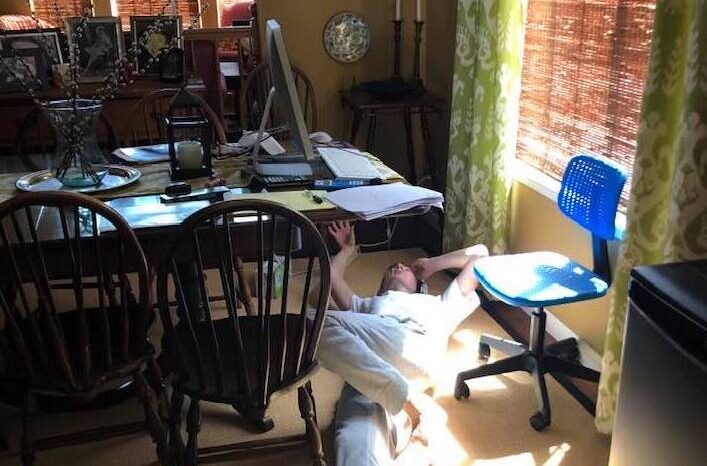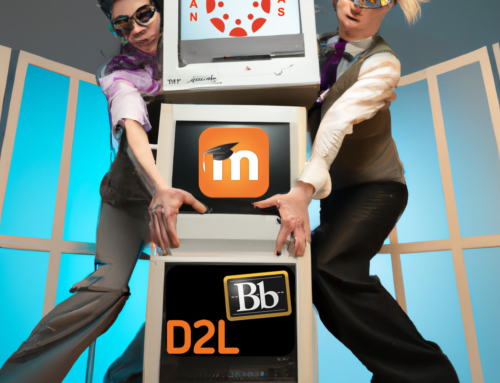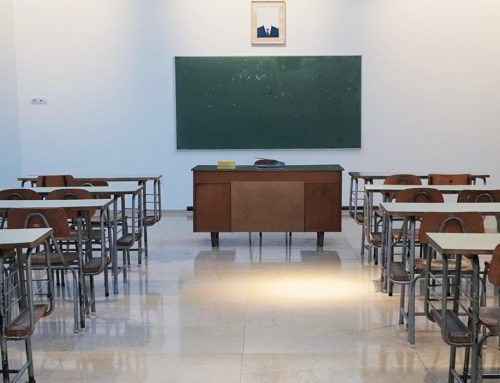Calling All Parents….What Is and Isn’t Working @ Home?
We are soliciting critical and time-sensitive input from parents, grandparents, older siblings, aunts or uncles…or any care givers who are currently managing at-home, remote learning with students grades K-12.
Click here to access the Remote Learning Input Survey
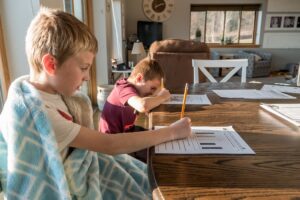
Sitting in a number of meetings and task-force presentations, while interfacing with groups/teams working to improve education’s response to the pandemic, we are lacking a clear, composite picture from parents on what is working and what is not.
And to a large degree, there are limited systems and processes for us to generate a coherent cross-section of what any one school, let alone a district, is “sending home” to students as remote schoolwork, assignments, activities, learning resources, and assessments.
Here’s the challenge. Regardless of a district’s or a given school’s expressed instructional focus…at the classroom level, the actual instruction, the design of the learning activities, the choice and use of learning materials, assessing student learning can completely differ from teacher to teacher and often does. As former educators ourselves, we largely value this teacher autonomy for many reasons (for instance, teachers should be able to readily modify their instruction to meet the needs of their own students.)
However, in the current situation facing sites and districts, this same teacher to teacher, classroom by classroom autonomy presents some real challenges to responding effectively during the pandemic:
- Teachers Are Having to Design in the Dark- Your typical classroom teacher is not familiar with, nor has any experience in designing sustained, remote learning activities where they do not have moment to moment access to actively monitor and assist students directly. Teachers depend heavily on regular and sustained access to students to gauge the effectiveness of the learning activities and resources they elect to use in class. So the “schoolwork” being sent home, has become an exercise of independent guess-work right now being devised teacher by teacher all across the country without the benefit of knowing what is and isn’t working through direct observation of the students by someone who can then quickly shift and modify the approach if necessary.
- Most School Site Leaders Just Don’t Know – Even PRIOR to the pandemic, site leadership personnel have historically had limited clarity and almost no regular process to see or understand what is instructionally occurring in any classroom on their campus. (This will be news to many outside of public education.) At your typical school site, there are few if any processes systemically available to actively know, document, validate and promote or intervene and correct upon learning activities and instructional practices that ARE or ARE NOT working. And again, this was a fact prior to the pandemic and has only been exacerbated in the current situation. What did exist, was a “general trust” that teachers knew and did design effective instruction, and utilized their day to day interaction with students to actively monitor and hopefully modify their professional practice, activities, assignments, and resource choices over time.
- Districts Lack the Design and the Expertise Needed – Just as site teams have limited systems to know and document teacher practice, most districts have not been designed nor staffed to tackle these latest challenges. Even with districts that offer online remote coursework as an alternative option for families, they don’t design this instruction. More typically they purchase or contract with an external course-provider or commercial vendor for this material. The district staff who run these programs are more often trained to monitor student participation, aid with assessments, grading, and provide learners guidance to help them persist through the coursework. Investing in and developing internal expertise on remote, distance learning design is much too expensive and time-consuming for most districts.
The above is not an indictment on any of those levels of our education system, it is merely a reality that needs to be acknowledged and managed in order to respond effectively in this moment.
Here is what remains constant however. STUDENTS, are traditionally the only real direct consumers of an individual instructor’s decisions about delivery strategies, content choices, and day to day assessment design (elements not informed by any state’s standards), yet are the least empowered within the education system to voice their opinion on how the learning design and choices are working for them. We are not saying they don’t communicate…they do. They complain, they chastise, they lament…but worst of all, many eventually tune-out.
HOWEVER, in an unprecedented moment in modern history, parents now have an amazing amount of access, (a front row seat really), as to what makes up the day to day instructional assignments and activities that guide their children’s learning.
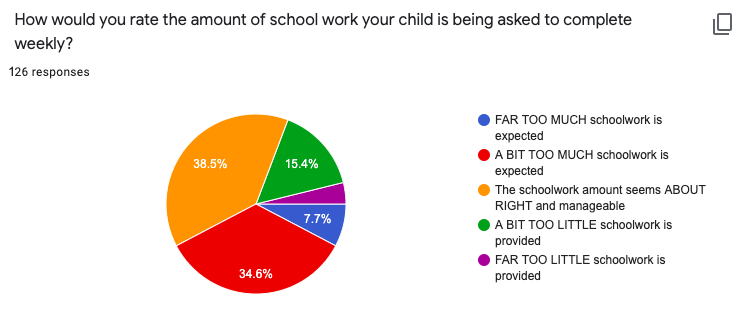
So we are trying to ask the questions necessary, from the perspective of parents who have been suddenly consigned as “instructional delivery ambassadors”….
Parents, what are you seeing?
Parents, what seems to be working?
Parents, what is not working?
We need to solicit input. We need a process to illuminate what seems to be meeting the needs of students and families so that it can be documented and shared and replicated.
To do this, we need teachers to have access to a process to document and share their learning activities and instructional scaffolding they are trying out with kids. We need site leaders to set up and enable the tools necessary for “easily” capturing and sharing the type of learning assignments and activities that teachers are utilizing for better or worse. We need district leaders to then establish the networks and protocols to create professional communities of practice where teachers who are having success (as confirmed by work completed, quality of student deliverables, and through input from parents and students) can easily disseminate their learning design, resources, activities and assessments and move them to their colleagues for examination and use. Finally, we need state education leadership teams clarifying and codifying these steps and setting up repositories of quality instructional resources, capturing and categorizing the models that are working in districts so they can be quickly searched, surfaced, and utilized across districts and counties
As a very simple first step, help us by completing or sharing this Remote Learning Survey, and Thank You!
If you write about a variety of subjects, categories can help your readers find the posts that are most relevant to them. For instance, if you run a consulting business, you may want some of your posts to reflect work you’ve done with previous clients, while having other posts act as informational resources. In this particular case, you can set up 2 categories: one labeled Projects and another labeled Resources. You’d then place your posts in their respective categories.
Categories are accessible from the post editor. There you can create new categories and assign them to your posts. Tags, on the other hand, allow you to label your posts with relevant topics. For instance, within one of your resource posts you may choose to write about a set of project management tools. While you can certainly create a new category called “Project Management Tools,” you may not plan to write about the topic often enough to justify giving it a dedicated category. Instead, you may want to tag your post with several topics that exists within the post; e.g. project management tools, communication, time tracking, etc. What’s great about tags is that they are searchable and provide your users another way to find content on your site. Anyone searching for “project management tools” will be able to locate any posts you’ve tagged with those words!
